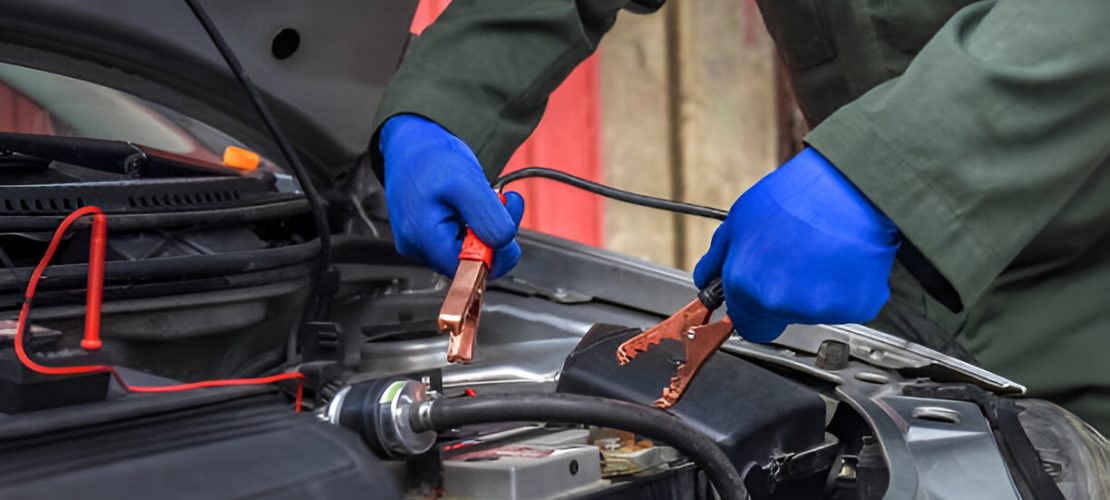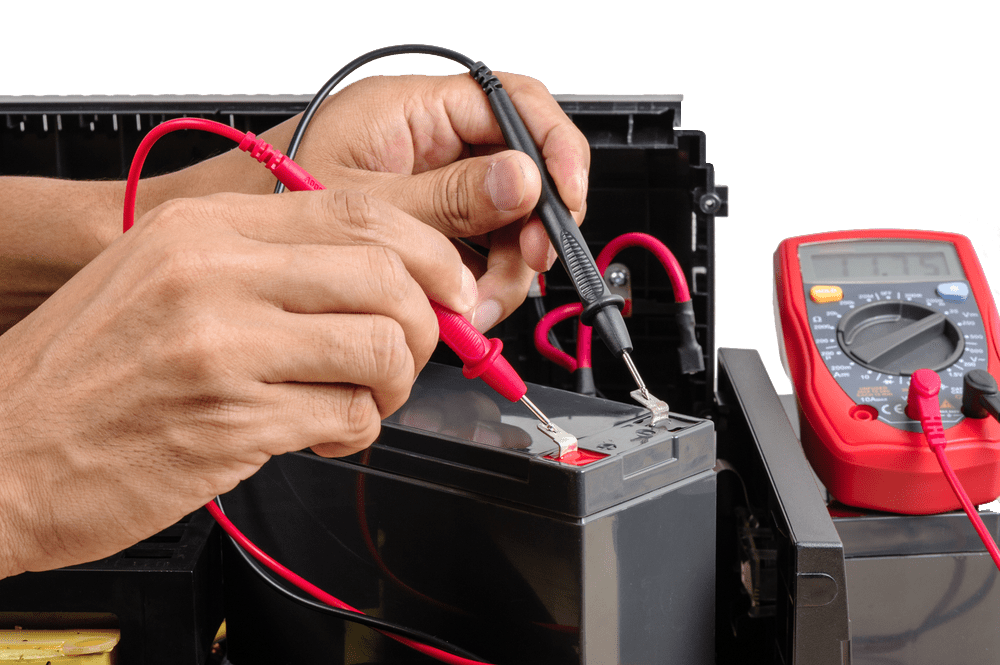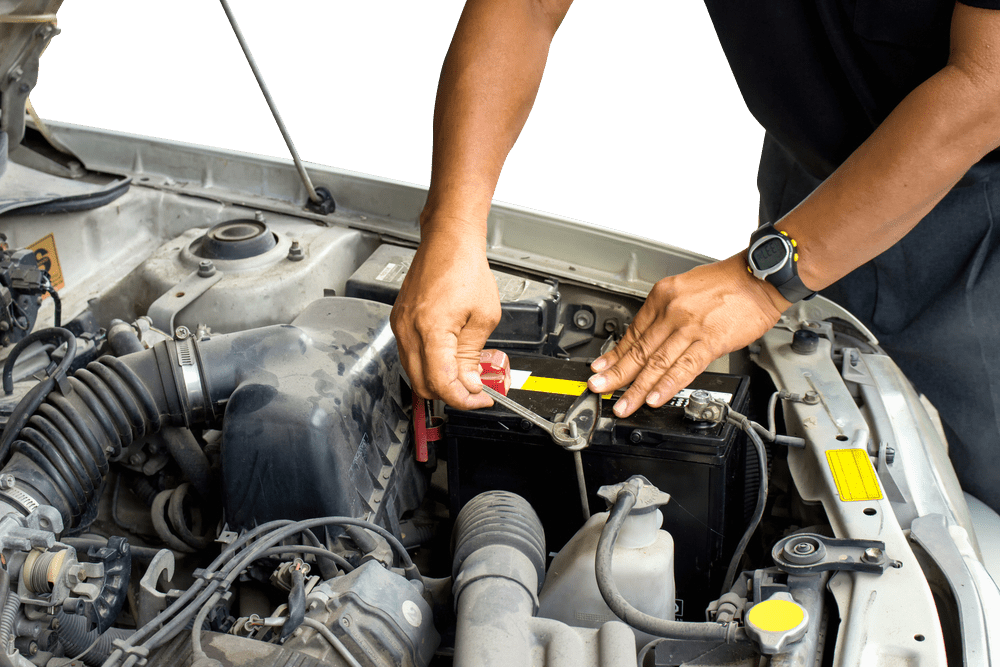- 26 Oct 2024
What not to do when replacing a car battery?

Replacing a car battery may seem like a straightforward task, but improper removal can lead to various issues, including electrical malfunctions or even personal injury. To avoid damaging your vehicle or putting yourself in harm’s way, it’s crucial to understand the common mistakes people make when handling a car battery. In this comprehensive guide, we’ll walk through what not to do when taking out a car battery, so you can perform this task safely and effectively.
1. Not Disconnecting the Negative Terminal First
When taking out a car battery, it’s essential to always disconnect the negative terminal first. Many people make the mistake of starting with the positive terminal, which can lead to sparking or electrical short circuits. The negative terminal connects to the car’s chassis, so disconnecting it first will ground the system and reduce the risk of electrical shocks.
- Tip: The negative terminal is usually marked with a minus (-) sign, while the positive terminal has a plus (+) sign.

2. Forgetting to Wear Proper Safety Gear
Another common mistake is neglecting to wear proper safety gear when replacing a car battery. Car batteries contain sulfuric acid, which can cause severe burns if it comes into contact with your skin. Additionally, batteries can emit harmful fumes, making it crucial to wear protective gloves and goggles.
- Tip: Always work in a well-ventilated area and avoid inhaling any fumes that might come from the battery.
3. Not Turning Off the Engine and Removing the Key
Before you start taking out a car battery, ensure that the car’s engine is completely turned off, and the keys are removed from the ignition. Failing to do this can result in electrical discharges or even damage to the car’s electrical system.
- Tip: After turning off the engine, wait a few minutes to let the electrical system fully discharge before removing the battery.
4. Touching Both Battery Terminals Simultaneously
One dangerous mistake people make when removing a car battery is accidentally touching both the positive and negative terminals at the same time. This can cause an electrical shock and, in extreme cases, could result in serious injury.
- Tip: Always handle one terminal at a time, using insulated tools to prevent accidental contact between the terminals.
5. Using Metal Tools Near the Battery
It’s a common practice to use metal wrenches or other tools when loosening the terminals of a car battery, but this can lead to short circuits. When a metal tool touches the positive terminal and another metal surface, it can create a spark and damage your vehicle’s electronics or even cause a battery explosion.
- Tip: Use non-conductive tools when working around the battery, or be extremely cautious if you must use metal tools.
6. Failing to Secure the Battery Properly After Reinstallation
When replacing a car battery, one mistake many people make is failing to secure it properly. An unstable battery can lead to vibration damage, reducing its lifespan and potentially causing issues with the car’s electrical system.
- Tip: Ensure the battery is snugly placed in its tray and that all clamps or securing mechanisms are tightly fastened.
7. Lifting the Battery Incorrectly
Car batteries are quite heavy, and improper lifting techniques can lead to back strain or dropping the battery, which can cause acid leaks or damage. Never attempt to lift a battery by its terminals, as this could break the connectors.
- Tip: Always lift the battery using its carrying handle or use proper lifting techniques, such as bending at the knees rather than at the waist.
8. Ignoring the Importance of Cleaning Battery Terminals
When taking out a car battery, many overlook the importance of cleaning the battery terminals. Over time, terminals can accumulate corrosion or dirt, which can hinder the battery’s ability to connect with the vehicle’s electrical system. Failing to clean the terminals during reinstallation may lead to poor battery performance or a complete failure to start the engine.
- Tip: Use a wire brush and a mixture of baking soda and water to clean the terminals before reinstalling the battery.
9. Not Inspecting the Battery for Damage
Before removing the car battery, always inspect it for signs of leaks, cracks, or bulges. A damaged battery can be hazardous, and attempting to remove it without proper precautions could expose you to dangerous chemicals or risk of explosion.
- Tip: If the battery is damaged, consider seeking professional help for its removal and disposal.
10. Disposing of the Battery Improperly
Car batteries contain harmful chemicals, including lead and acid that must be disposed of properly. Simply throwing a battery in the bin can result in environmental contamination and may even be illegal in some areas.
- Tip: Take the old battery to a recycling centre or a battery store that accepts used batteries for safe disposal.
Conclusion: Handle with Care When Taking Out a Car Battery
Taking out a car battery may seem like a routine task, but avoiding these common mistakes can save you from potential damage or danger. By following these guidelines, you can safely replace a car battery, ensuring both your safety and the proper functioning of your vehicle.











